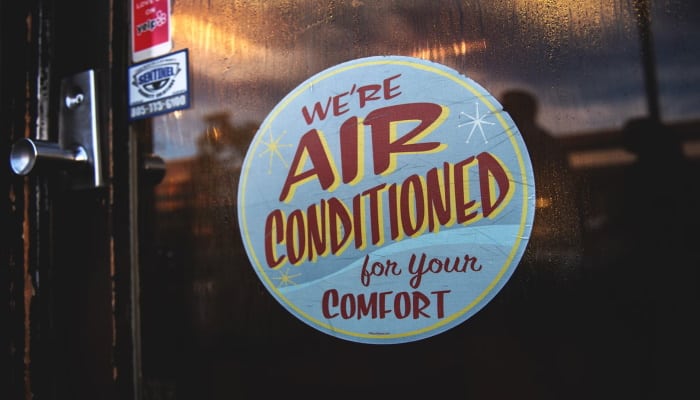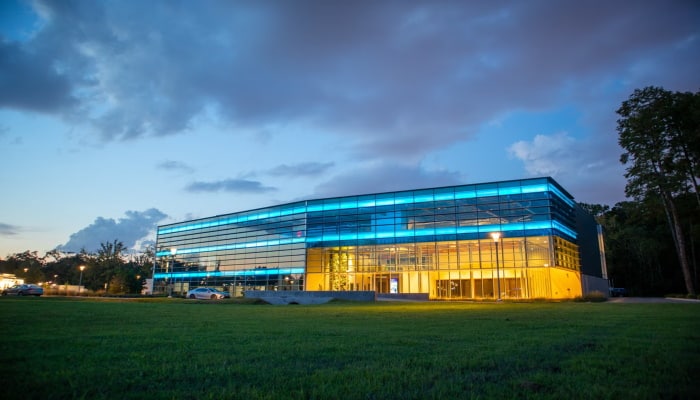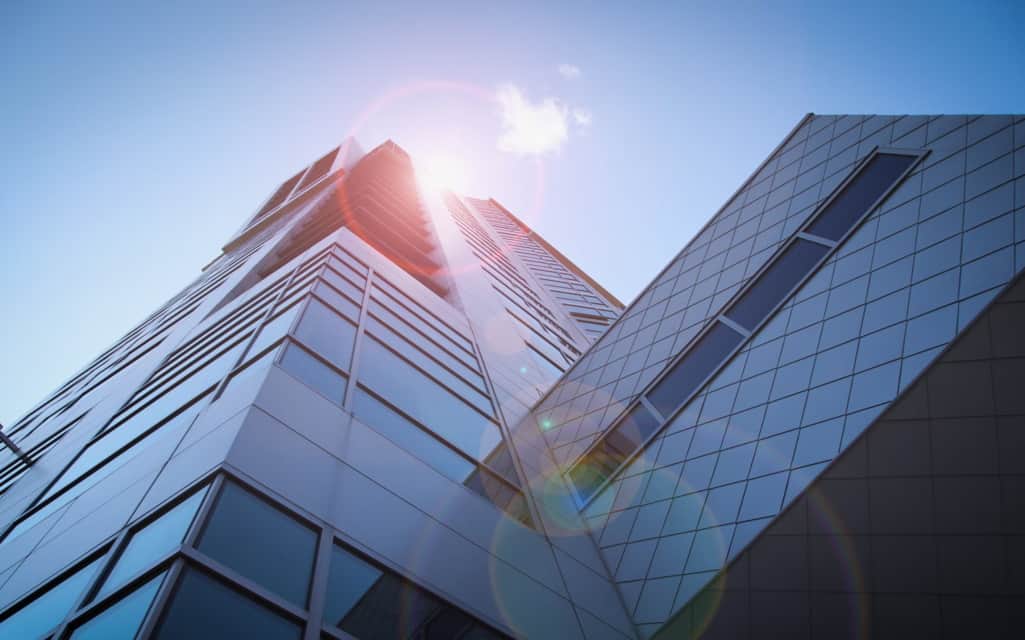Your roof is the first line of defense against the elements: the heat, the cold, the rain and the ice. If it’s not working the way it should, your assets, products, customers, employees – essentially, your entire business – could be at risk. It may be time for a full commercial roof replacement if your roof is over 25 year old and is showing the following signs of damage.

Internal Water Infiltration
The infiltration of water to the inside of the building is one of the most common signs of roofing damage. If you notice water stains on the walls or ceilings of your office, there could be a hole somewhere in the roofing system above. While leakage isn’t always immediately detectable, it becomes hard to miss once the moisture primes your building’s interior as a garden for unwanted growths. Plant growth of any kind is not ideal, while mold is a serious health concern. Keep an eye out not only for puddles and water stains, but also for black splotches and musty odors.
External Water Damage
Though your roof is designed to resist water and direct it toward the drainage system, it still won’t be completely impervious to the effects of prolonged water exposure. Namely, roof rot develops in areas where water has been standing for too long. If your flat roofing membrane is sagging or your drainage system is not operating properly, it can lead to ponds of stagnant water that serve as ideal environments for mold and rot. Over time, the rot will break down the roofing materials even further, causing more significant and internal forms of damage.

Surface Damage
From leaks and mold to ponding and sagging, water is the main cause of roofing damage. Yet a high-quality commercial roof is designed to be water-tight. Water only penetrates the roof if there is existing physical damage. On a flat membrane-style roofing system using TPO, EPDM or PVC, this can take the form of a blistered, bubbled, or fractured membrane. On a shingled roof, it may present as curled, cracked, split, bubbled or missing shingles. On a metal roof, common signs of physical damage include tears or bends in the metal, loose or missing flashing and fasteners, or corrosion.
Physical damage can be the result of a particularly rough storm or day of high winds that causes branches and debris to impact the roof. Thus, it’s critical to conduct an inspection of your roof after any major weather event. It could also be from poor installation methods or inadequate ventilation, especially combined with temperature fluctuations. Otherwise, physical damage can also simply be a matter of old age. After all, nothing lasts forever.

Clogged Drainage
Keeping in mind that water is often the main culprit of roofing damage – if your drainage system isn’t working as it should to remove water from the top of your roof, you’re more likely to see more of it. Sagging areas will certainly prevent water from sliding in the direction of the drains and scuppers. However, even if the water reaches the intended destination, a clog in the gutters or internal piping can prevent it from reaching the ground. The buildup of pressure under a blockage creates leakage, which in turn causes even more of the aforementioned issues.

Unsatisfactory Insulation
Perhaps a more subtle indicator of a defective roofing system is the temperature inside your workspace. Do you tend to crank the heat or AC only to find it moderately effective? Instead of wasting your dollars on high electric bills or HVAC replacements, first consider that your roof may be to blame. Both time and water exposure will eventually minimize the effect of your roofing insulation. Water exposure is preventable with regular maintenance and repairs. However, old age is inevitable and can only be remedied with replacement.

In Conclusion
The best way to find out if your roof suffers from any of these telltale signs of damage is to conduct regular roofing inspections. Feel free to walk the roof and building interior yourself anytime, but it’s wise to also have a roofing professional come out and give your roof a checkup twice a year.
Once the inspection spots these kinds of issues, don’t wait for them to worsen and lead to damaged goods or liability claims. Ask your roofing contractor whether they recommend minor repairs or an investment in a brand new commercial roofing system. As long as you take care of your roof’s health without delay, your livelihood will remain safe and secure from nature’s unpredictable will.



